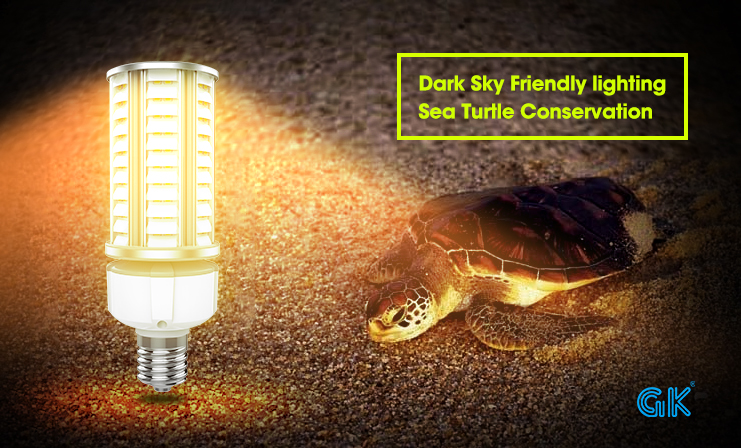

Sea turtle populations have suffered declines worldwide, and their recovery largely depends upon managing the effects of expanding human populations. One of these effects is light pollution—the presence of detrimental artificial light in the environment. Of the many ecological disturbances caused by humans, light pollution is among the most manageable. Light pollution on nesting beaches is detrimental to sea turtles because it alters critical nocturnal behaviors, namely, their choice of nesting sites, their return path to the sea after nesting, and how hatchlings find the sea after emerging.
Circumstantial observations and experimental evidence show that artificial lighting on beaches tends to deter sea turtles from leaving the sea to nest. As a result, effects of artificial lighting on nesting are not likely to be revealed just
by a ratio of nests to false crawls (tracks showing abandoned nesting attempts on the beach) because it does not account for those turtles who, discouraged by the artificial lights, never left the sea.
Long wave length lights, e.g. those that produce light that measures greater than 560 nanometers on a spectroscope, are necessary for all construction visible from and adjacent to marine turtle nesting beaches. Bright white light, such as metal halide, halogen, fluorescent, mercury vapor and incandescent lamps will not be approved. Filters are unreliable and not allowed. Limited use of shorter wavelength lights may be approved in areas where direct and indirect light or glow could not possibly be visible from the beach upon approval by FWC.
GK Sea Turtle conservation Led lamp:
Amber color
Wave Length:580-620 NM
5 Years warranty
12w to 120w one stop purchase
UL approved